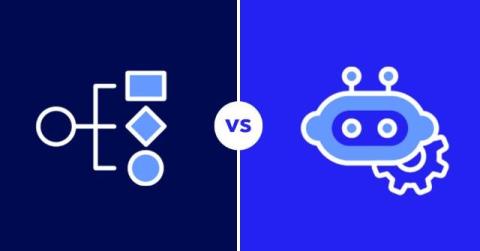Appian for Financial Regulatory Agencies
Policies and priorities in financial services regulation are constantly shifting. Appian lets you keep up with change in orchestrating the most complex workflows in supervising the financial marketplace, from start to finish. The Appian Platform brings #AI, #ProcessAutomation, and #DataFabric together in a low-code environment so you can unleash digital innovation. With Appian, you’ll automate and optimize your processes from beginning to end so you can compete and win in our rapidly changing world.










